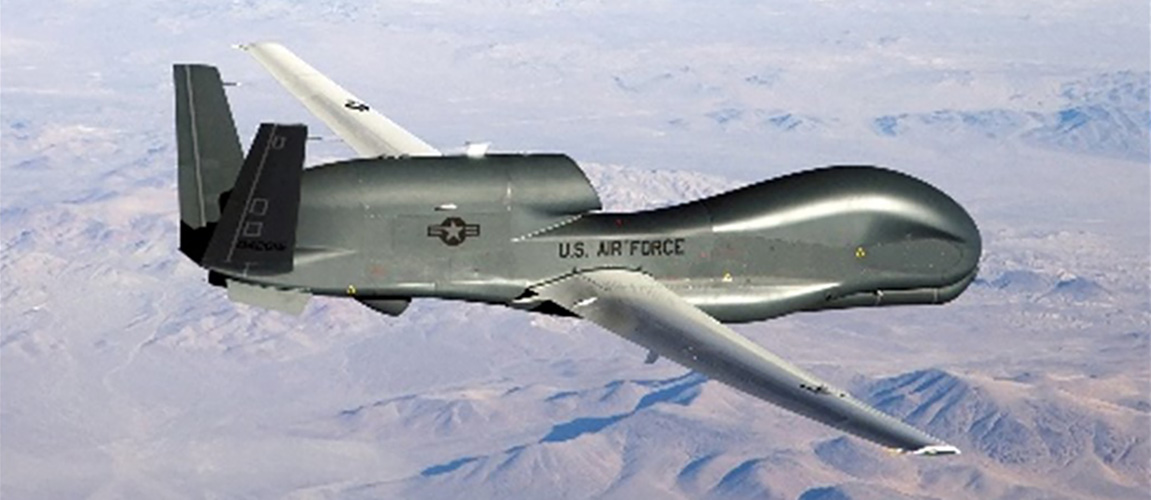HMMH is highly regarded for our aviation consulting experience, including controversial vertical lift (helicopter, heliport, and helipad) projects and new entrant aircraft, such as the Lockheed Martin F-35 Lightning II military fighter. Our experience in advanced air mobility (AAM) has ranged from developing noise computer prediction models to conducting noise measurements to presenting the results to the affected communities to developing programs to address community concerns.
Our vertical lift aviation expertise supports our clients in the implementation of urban air mobility (UAM) utilizing AAM, such as electric vertical take-off and landing (eVTOL) vehicles. UAM is functioning at many airports and hospitals using helicopters. We expect a relatively swift transition from helicopters to eVTOL vehicles over the next several years. With eVTOL vehicles expected to be much quieter, possibly as quiet as existing ambient acoustic environments in urban areas, this transition will expand UAM across the globe, beyond urban areas, and into suburban and even rural areas.
We have a successful track record of airport/community noise forums leading to amicable solutions for the varied stakeholders and public acceptance. HMMH is often thanked by members of the public (who may have opposed a project) for finding implementable solutions — we know it is all about public acceptance. The same will be true for the successful implementation of AAM.
HMMH has the necessary expertise and experience to develop noise visualizations of AAM vehicles, i.e., videos of single-event noise levels/contours. HMMH is exploring and developing methods to generate auralizations of these single events, i.e., audio playback of noise events linked to the visualizations, either through in-situ recordings or from synthesized data from modeling.
Additionally, HMMH is a transportation environmental consulting firm and has experience with all modes of transportation, instrumental in the planning of AAM implementation.
HMMH is a deeply engaged member of several organizations focused on AAM, including NASA’s Urban Air Mobility Noise Working Group, Community Air Mobility Initiative (CAMI), and Canadian Advanced Air Mobility Consortium (CAAM). We are proud to have contributed to the recently released Technical Paper on “Urban Air Mobility Noise: Current Practice, Gaps, and Recommendations” from NASA’s Urban Air Mobility Noise Working Group (UNWG).




